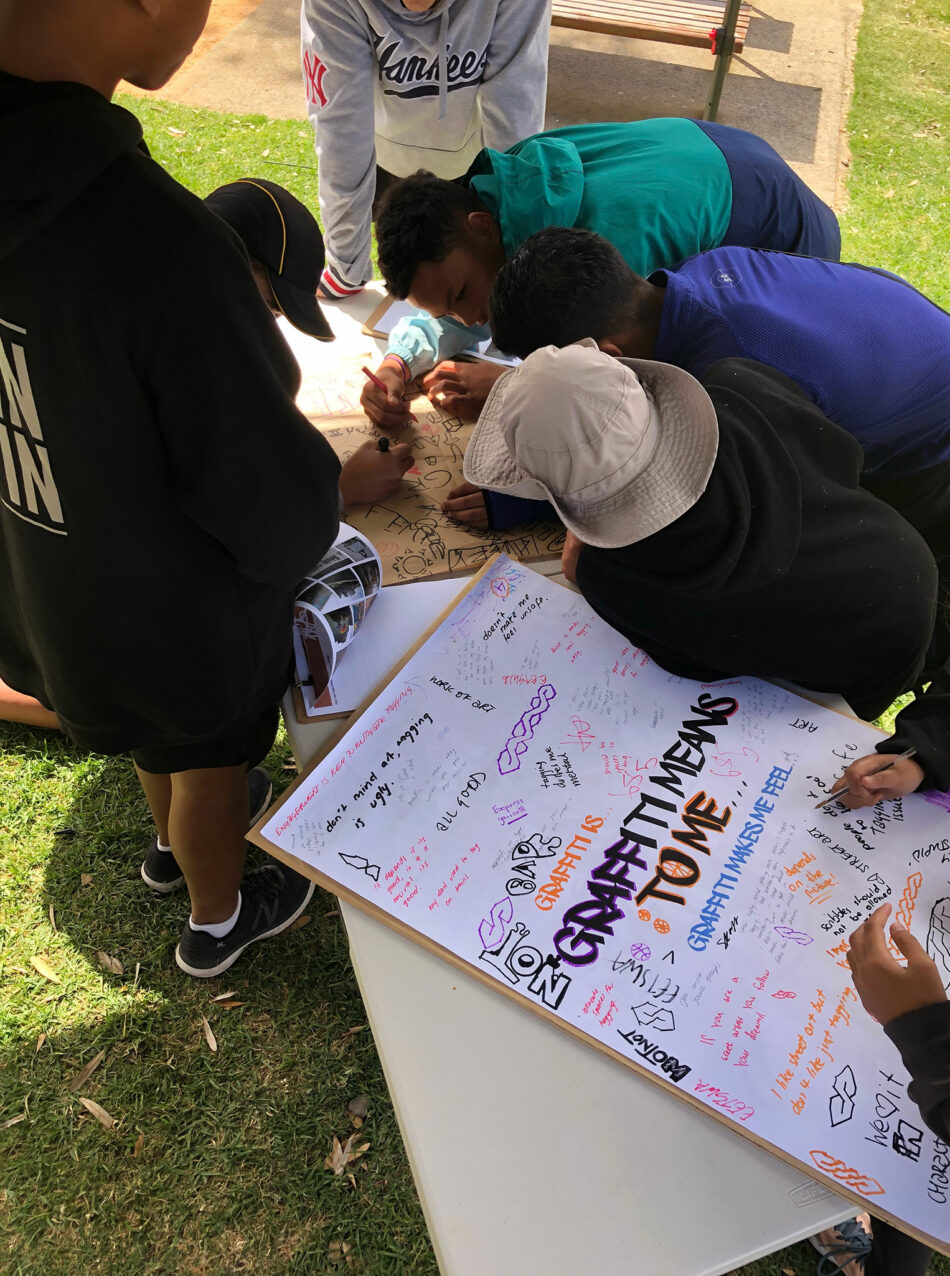Kingston City Council recognises that the presence of graffiti can have negative impacts, such as diminishing amenity and making people feel unsafe in public spaces that appear uncared for or unmonitored.
Graffiti is a whole-of-community issue requiring everyone in the community to take responsibility for its removal and for building stronger connections within the community to increase social ties and community cohesion and reduce the drivers of graffiti.

Council engaged Capire to undertake a community engagement program to inform the development of their Graffiti Management Plan. This engagement sought to:
Engagement activities spanned online surveys, phone interviews, conversation kits, and face-to-face activities.
Capire employed social media to identify graffiti artists and engage anonymously with people who perpetuate graffiti as well as those who have produced commissioned pieces. We also worked with Council to deliver a short graffiti workshop with a commissioned mural artist as part of a pop-up session in a local recreation reserve. This proved successful in encouraging participation amongst a target cohort of young people to hear their experience and to deliver an education program about the social cost of graffiti.